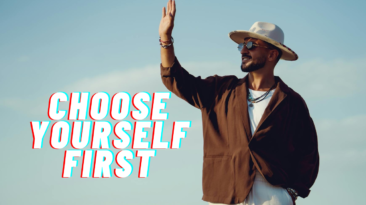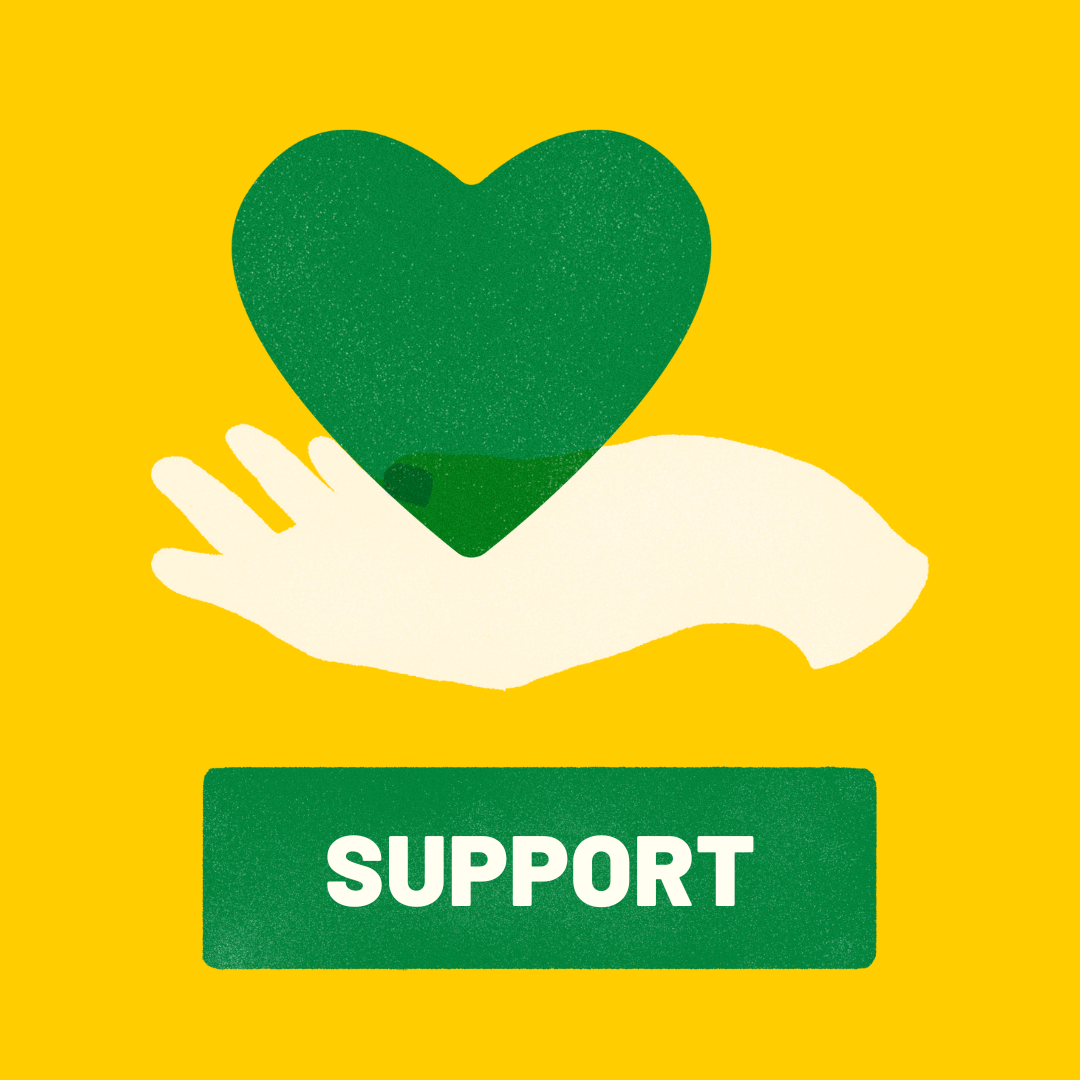What if the key to freedom wasn’t a dream job, but owning your vision? Starting a business is more than a career move — it’s the foundation of self-reliance and the ultimate path to freedom.
Starting a business is thrilling, but without the right marketing strategies, you risk wasting time, money, and effort. Over my journey, I’ve learned some crucial marketing lessons — many the hard way. These insights can help you avoid common pitfalls and build a strong foundation for success.
The 8-Second Rule
When consuming media, whether short-form or long-form, you only have 8 seconds to capture someone’s attention. If you fail, they’ll likely scroll to the next piece of content. Whether you’re writing a blog, creating a video, or designing an ad, ensure your opening is compelling enough to hook your audience instantly.
Titles and Thumbnails are Key
A strong title and an engaging thumbnail are essential. Use formats that work well, such as:
- How to
- Listicles
- Data-driven
- Question-based
Your thumbnail plays a massive role too, especially on platforms like YouTube. If it’s not visually appealing or clear, your click-through rate will plummet. Without a good CTR, algorithms will stop pushing your content to a wider audience.
Understand the Half-Life of Social Media Content
The “half-life” of your posts determines how long they stay relevant and visible. This concept can help you decide where to focus your energy and resources. Here’s the average half-life of posts on popular platforms:
- TikTok: 10–40 minutes
- X: 30–60 minutes
- Facebook: 4–6 hours
- Instagram: 6–10 hours
- LinkedIn: 11–15 hours
- Podcasts: 24 hours
- YouTube: 17 days
- Pinterest: 5 months
- Blogs: 2 years
Understanding this helps you prioritise platforms based on your goals and expected returns.
Engagement vs Longevity
When it comes to engagement, video consistently outperforms both images and text. It’s no surprise — most people spend an average of 3 hours per day watching television, and platforms like YouTube and TikTok thrive because video content is inherently more engaging and immersive.
However, while video is great for grabbing attention and driving immediate engagement, it has a relatively short half-life compared to written content. For example, social media videos may only stay relevant for a few days, while blogs have an average half-life of 2 years.
This makes blogs invaluable for building long-term discoverability and authority. They remain a cornerstone of any content strategy, particularly for SEO and organic traffic. Use video to capture attention in the short term and blogs to sustain your audience and create evergreen resources.
While engagement is crucial, understanding modern trends like short-form content can help you connect with younger audiences more effectively.
The Rise of Short-Form Content
Though I’m not a big fan of short-form content, it’s impossible to ignore its growing dominance in the digital space. People increasingly prefer quick bursts of entertainment or education, and this trend is especially true for the younger generation — those under the age of 16. Platforms like TikTok, Instagram Reels, YouTube Shorts, and even Facebook are designed to favour short-form content in their algorithms.
Short-form videos are engaging, easy to consume, and perfect for audiences who don’t have the time or energy for long-form content. Chances are, you know someone — or know of someone — who has gone viral on TikTok.
While short-form content is harder to monetise directly, it’s a powerful tool for increasing reach and building brand awareness. It allows you to connect with broader audiences quickly, making it a valuable addition to your overall marketing strategy. Use it to grow your audience and funnel them into spaces where longer, more monetisable content (like YouTube videos, blogs, or email marketing) can generate more value for your business.
The Business Behind Social Media
Social media platforms operate on the attention economy. Their primary goal is to capture and retain your attention because this drives their revenue through advertising. The more time you spend scrolling, clicking, and engaging, the more data they collect about you — and the more they can charge advertisers for highly targeted ads.
To achieve this, platforms use psychological tactics like infinite scrolling, autoplay, and notifications to keep you glued to your phone. These features exploit human behavioural patterns, making social media addictive for many users. It’s why so many people compulsively check their accounts, often without realising how much time they’re wasting.
But as an entrepreneur, you cannot think like most people. Social media isn’t just for entertainment or following influencers — it’s a marketing funnel. Platforms like WhatsApp, Instagram, and TikTok are tools to deliver value, attract your audience, and grow your business. Your personal accounts should not overlap with your professional ones; keeping them separate allows you to stay intentional and focused.
If you’re not actively trying to build a business, I believe you shouldn’t even be on social media. The average person spends 2 to 3 hours daily consuming content, while heavy users spend up to 6 hours or more — that’s 42 hours a week gone. Don’t let yourself fall into the trap of becoming a passive consumer. Instead, focus on using these platforms to deliver value and acquire customers.
Without the right mindset, social media platforms will engineer your behaviour to keep you consuming rather than creating. To avoid this, treat social media as a professional tool, and use resources like YouTube Studio or Meta Business Suite to manage your content and maintain your focus.
Now that we’ve explored how social media platforms operate, let’s bring the focus back to the core of this article: marketing strategies. One of the most effective ways to drive growth is by leveraging free traffic, and that’s where SEO comes in.
SEO is a Game Changer
Search Engine Optimisation is a must-learn skill for any aspiring entrepreneur. It allows you to attract organic traffic without spending heavily on ads. By understanding basic SEO principles — like keyword research, meta descriptions, and on-page optimisation — you can position your content in front of the right audience. It’s a free and powerful way to grow.
But sometimes, organic reach isn’t enough. That’s where paid advertising becomes an essential part of your toolkit.
The Role of Paid Advertising
I initially didn’t want to include this section, but it would be unfair not to mention it. Paid advertising is a powerful way to reach the right audience at the right time, especially when they’re actively searching for what you offer. For instance, if you’re selling used iPhones, you can run ads targeting search terms like “cheap iPhones” or “affordable second-hand iPhones.”
However, be cautious — paid advertising can quickly become a money pit if you don’t know what you’re doing. It’s essential to understand how advertising platforms work, such as Google Ads, Meta Ads, or TikTok Ads, before diving in. Without a clear strategy, it’s easy to spend a lot and see little in return.
If you’re considering paid ads, here are a few things to focus on:
- Ad Copy: Learn to craft compelling, concise messages that hook your audience and drive clicks.
- Targeting: Ensure your ads are shown to the right audience based on interests, behaviours, or search intent.
- Web Design and User Experience: Ads only work if your landing page delivers. Make sure your website or sales page is easy to navigate, loads quickly, and compels users to take action.
While paid advertising can be costly, it’s an excellent tool for speeding up growth and getting your content, products, or services in front of potential customers. Use it strategically, and always track your return on investment to ensure your ad spend is worth it.
Know Your Audience
Knowing your audience might seem obvious, but it’s surprisingly overlooked. Many aspiring entrepreneurs focus solely on the creative process and neglect understanding who they’re creating for. You must:
- Identify your ideal customer.
- Research their needs and preferences.
- Have a clear call to action to direct them — usually to a sales page.
Review Your Analytics
Analytics are your best friend. Regularly reviewing them helps you understand what’s resonating with your audience and what isn’t. Strike a balance between what you love to create and what performs well. If you’re running a passion-driven business, this balance is crucial. For more systemised business models, focus entirely on what works, even if it’s not your personal favourite.
Collect Emails, Not Just Followers
While growing your social media following is important, it’s risky to depend entirely on platforms. Algorithms are unpredictable, and your audience may not see your content. Instead, focus on building an email list. Emails give you direct access to your audience and allow you to maintain control over your reach, regardless of platform changes.
Master the Art of Storytelling
Storytelling is a game-changer in marketing, and it’s not just about words. Visual and auditory storytelling are equally important. Effective storytelling taps into psychology, creating an emotional connection with your audience. This approach can significantly boost engagement. It’s similar to how social media platforms keep users scrolling for hours. Use these techniques to captivate your audience and make your content unforgettable.
Final Thoughts
Marketing is an ever-evolving skill that requires continuous learning, experimentation, and adaptation. The strategies outlined here — hooking your audience, leveraging modern platforms, mastering SEO, and telling compelling stories — are the building blocks of success.
As Jim Rohn wisely said: “If you don’t design your own life plan, chances are you’ll fall into someone else’s plan. And guess what they have planned for you? Not much.”
This applies not only to life but also to business. If you don’t take control of your marketing strategy, you’ll end up at the mercy of chance or competition. Be intentional, take action, and create your path. Start small: refine your content strategy, experiment with a short-form video, or optimise a blog for SEO. Measure the results, adapt, and grow.
Every great business started with one small step. Take yours today, and watch your marketing efforts transform your entrepreneurial journey.
Books I Recommend
If you enjoyed this content, here are some books I highly recommend for deeper insights. As an Amazon Associate, I earn from qualifying purchases. This comes at no extra cost to you and helps support my work in providing quality recommendations. Links lead to the audiobook versions, but other formats are available on the same page.
















